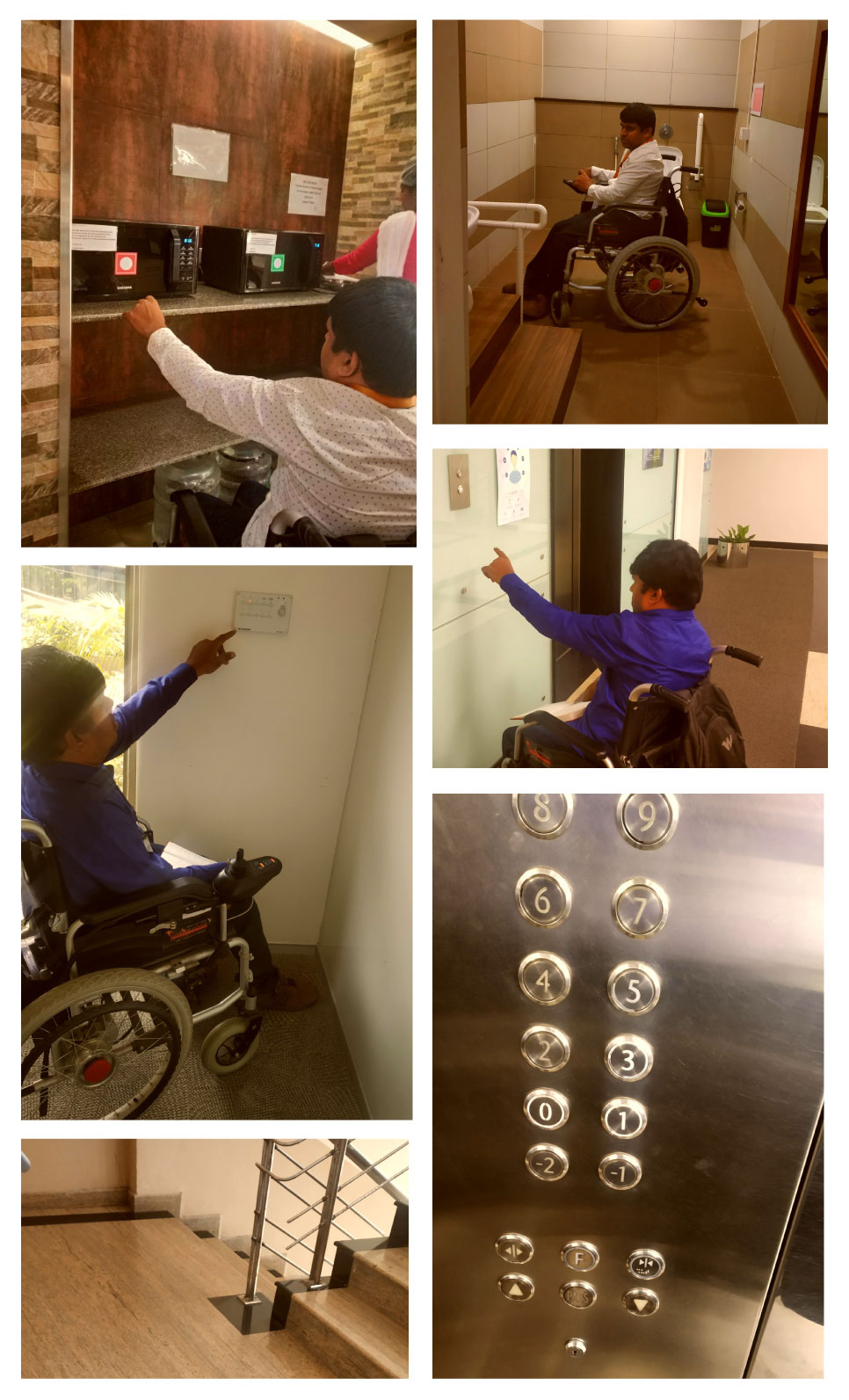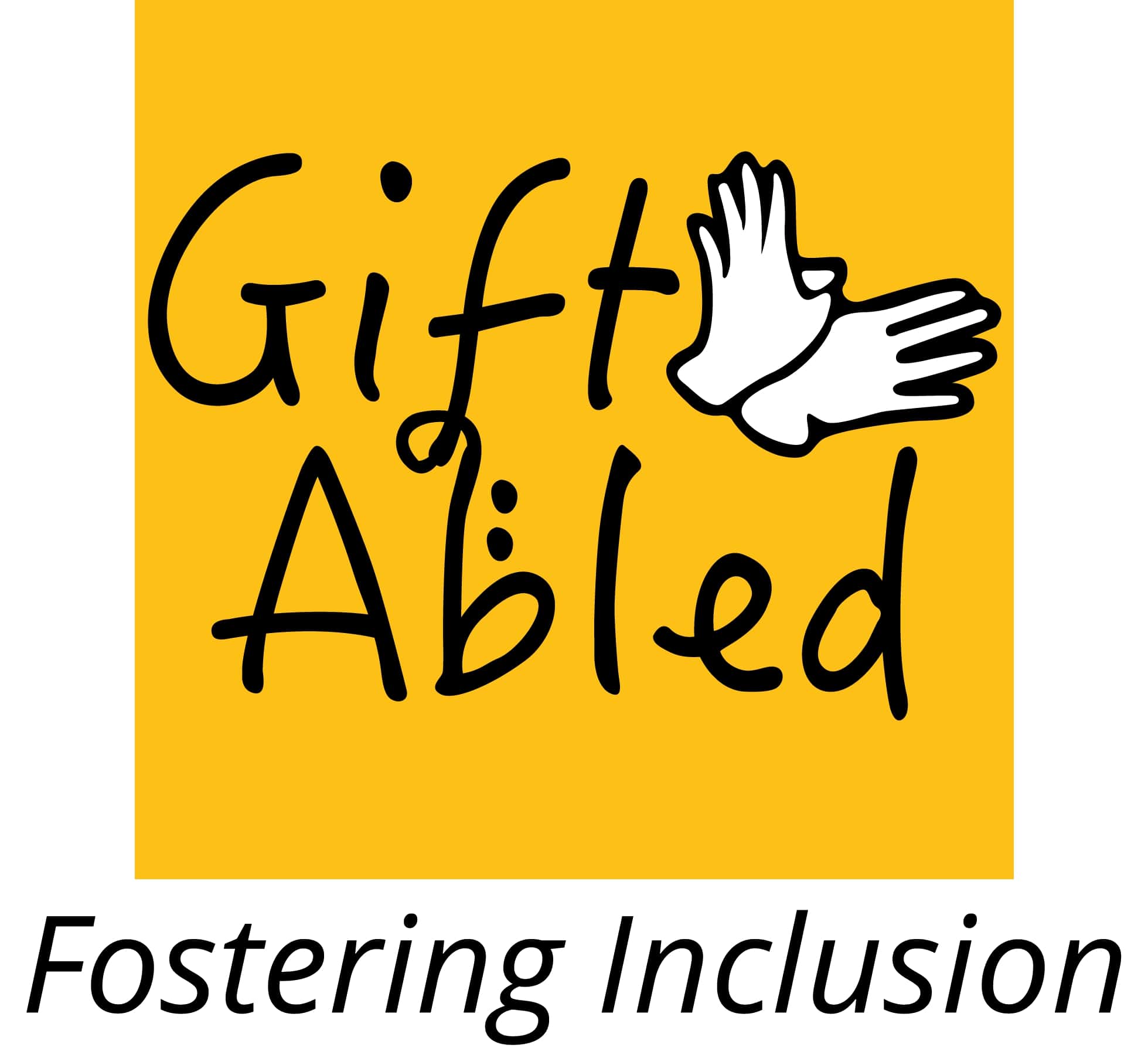
Creating Accessible Spaces
Request a workplace audit Connect with Us
"200+ million Persons with Disability in India,
Less than 1% meaning-fully employed across sectors"
INFRASTRUCTURE ACCESSIBILITY
-
Understanding Disability and Infrastructure in India
According to the Census 2011, there are 2.68 crore persons with disabilities in India who constitute 2.21 percent of the total population. This includes persons with visual, hearing, speech, locomotor, and mental disabilities. 69 % of persons with disabilities live in rural areas, 55 % of the disabled population is literate and only 36 % are employed. Nothing has dampened the indomitable spirit of people with disabilities as much as their inaccessibility to proper infrastructure. The lack of adequate disabled-friendly facilities has acted as a bigger roadblock than their condition itself and prevented them from making valuable contributions to society.
We at GiftAbled, help make your spaces accessible. Given our knowledge and experience in the making environments accessible, we sure can conduct a thorough audit and ensure that the built environment is compliant with mandated Government Guidelines and Space standards for Barrier Free Environment for Persons with Disabilities” and RPwD Act, 2016”. -
Major government legal provisions on physical accessibility for PwDs
1.United Nations Convention on the Rights of Persons with Disabilities (UNCRPD), 2006
United Nations Convention on the Rights of Persons with Disabilities (UNCRPD), to which India is a signatory, under Article 9 casts obligations on the Government for ensuring to persons with disability have accessibility to information, transportation, physical environment, communication technology, and accessibility to services as well as emergency services.
2.Accessible India Campaign, 2015 (Sugamya Bharat Abhiyan)
The Department of Empowerment of Persons with Disabilities (DEPwD), Ministry of Social Justice & Empowerment has conceptualized the “Accessible India Campaign (Sugamya Bharat Abhiyan)” as a nationwide flagship campaign for achieving universal accessibility that will enable persons with disabilities to gain access for equal opportunity and live independently and participate fully in all aspects of life in an inclusive society. The campaign targets at enhancing the accessibility of the built environment, transport system, and Information & communication eco-system.
3.Harmonized Guidelines and Space Standards for Barrier-Free Built Environment for persons with Disability and Elderly Persons, 2016
These Guidelines intend to address the needs of persons with disabilities and elderly persons with a wide range of accessibility elements and standards and not limited to disabilities only, thus paving the way for universally accessible and inclusive India.
4.The Ministry of Human Resource Development (MHRD)- Disabled Friendly Infrastructure in Schools and Colleges
The Ministry of Human Resource Development (MHRD) had issued various instructions from time to time to all the Centrally Funded Educational Institutions to ensure a barrier-free environment in the buildings, which would include the provision of ramps, rails, lifts, the adaption of toilets for wheelchair users, braille signages and auditory signals, tactile flooring, etc. to PwDs, as envisaged in the PwDs Act.
-
However, here are some facts about accessible infrastructure which are based on ground-level experiences.
1.According to a survey by the National Centre for Promotion of Employment for Disabled People (NCPEDP), There are only 8,449 disabled students, or 0.56 percent, studying in the country's 150 top universities and colleges that have a total strength of 15,21,438, The reason behind is that it is the architectural barriers as in the institutions are still not disabled friendly, transportation facilities are not adequate which create hindrances.
2.A study in East Delhi by two ethnographic researchers, Arnab Bose and Seema Sharma, along with their students, revealed that there are many fundamental flaws for designing, such as the height of the bus stands being more than the height of the buses, or top of wheelchair access ramps being blocked by advertisement boards, etc. These might seem like minor issues but they have not been solved since they have not been adequately identified, and appropriate funding has not been given.

programmes and services be usable by all people.
Please Fill the Form to Get a Proposal

